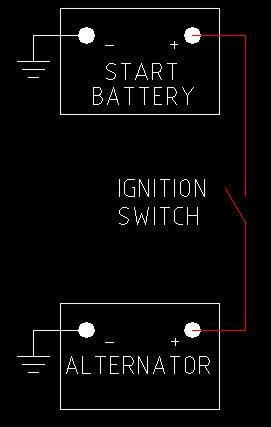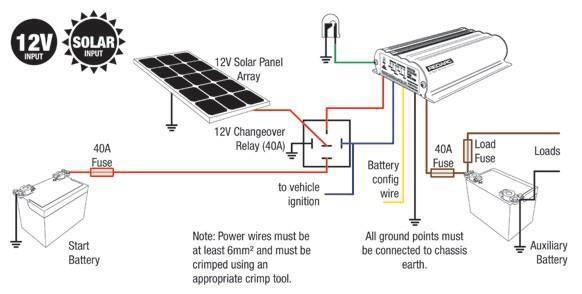It took me longer to get the spanner from the shed than it did to install this device. The 2 pics are battery before and battery after install. I used the screw provided to fasten the unit to the negative terminal, then using the original screw on that terminal, reconnected the negative leads to the other end of the unit.
You can't get it the wrong way round, because one end is a clearance hole through to the threaded battery and the other end is threaded with the same 8mm thread as the battery.
Then it's take off the positive battery screw, add the fly lead from the unit to it and reconnect. The unit immediately powers with a flashing green LED. I had already downloaded the app last night, so opened it on my smart phone, it scans for the battery monitor, asks for the 4 digit passcode and connects.
Then into settings where I set the battery as NEW, the rating at 100AH, low capacity warning value (I set 50%) and what kind of alarm you want, low voltage value, I set 11.5V and what kind of alarm and save the settings.
When you turn on the charger or a load, there is a few seconds delay while the monitor communicates with my phone. It works out the charging rate and the load and depending on the values gives you the overall effect on the battery in amps and if it is charging or discharging, the voltage, battery health, state of charge and at current load, how long the battery will provide that load.
It really was "trained ape" easy to install and set up.
I then proceeded to switch on lights, TV, pump and fans etc and now have a list of exactly what item uses what power.
No extra cables, no soldering and because it's made in Australia, no Chinglish instructions. It works in up to 70 deg temp and it also monitors battery temp.
and yes $299 isn't cheap, but if you stuff a deep cycle AGM or 2, good ones invariably cost more.












